The Hobbit was first published in September 1937. Its 1951 second edition (fifth impression) contains a significantly revised portion of Chapter V, Riddles in the Dark, which brings the story of The Hobbit more in line with its sequel, The Lord of the Rings, then in progress. Tolkien made some further revisions to the American edition published by Ballantine Books in February 1966, and to the British third edition (sixteenth impression) published by George Allen & Unwin later that same year.
For the 1995 British hardcover edition, published by HarperCollins, the text of The Hobbit was entered into word-processing files, and a number of further corrections of misprints and errors were made. Since then, various editions of The Hobbit have been generated from that computerized text file. For the present text, that file has been compared again, line by line, with the earlier editions, and a number of further corrections have been made to present a text that, as closely as possible, represents Tolkiens final intended form.
Readers interested in details of the changes made at various times to the text of The Hobbit are referred to Appendix A, Textual and Revisional Notes, of The Annotated Hobbit (1988), and J. R. R. Tolkien: A Descriptive Bibliography by Wayne G. Hammond, with the assistance of Douglas A. Anderson (1993).
Douglas A. Anderson
May 2001


This is a story of long ago. At that time the languages and letters were quite different from ours of today. English is used to represent the languages. But two points may be noted. (1) In English the only correct plural of dwarf is dwarfs, and the adjective is dwarfish. In this story dwarves and dwarvish are used, but only when speaking of the ancient people to whom Thorin Oakenshield and his companions belonged. (2) Orc is not an English word. It occurs in one or two places but is usually translated goblin (or hobgoblin for the larger kinds). Orc is the hobbits form of the name given at that time to these creatures, and it is not connected at all with our orc, ork, applied to sea-animals of dolphin-kind.
Runes were old letters originally used for cutting or scratching on wood, stone, or metal, and so were thin and angular. At the time of this tale only the Dwarves made regular use of them, especially for private or secret records. Their runes are in this book represented by English runes, which are known now to few people. If the runes on Thrors Map are compared with the transcriptions into modern letters, the alphabet, adapted to modern English, can be discovered and the above runic title also read. On the Map all the normal runes are found, except  for X. I and U are used for J and V. There was no rune for Q (use CW); nor for Z (the dwarf-rune
for X. I and U are used for J and V. There was no rune for Q (use CW); nor for Z (the dwarf-rune  may be used if required). It will be found, however, that some single runes stand for two modern letters: th, ng, ee; other runes of the same kind (
may be used if required). It will be found, however, that some single runes stand for two modern letters: th, ng, ee; other runes of the same kind (  ea and
ea and  st) were also sometimes used. The secret door was marked D
st) were also sometimes used. The secret door was marked D . From the side a hand pointed to this, and under it was written:
. From the side a hand pointed to this, and under it was written: 
 The last Two runes are the initials of Thror and Thrain. The moon-runes read by Elrond were:
The last Two runes are the initials of Thror and Thrain. The moon-runes read by Elrond were: 
On the Map the compass points are marked in runes, with East at the top, as usual in dwarf-maps, and so read clockwise: E(ast), S(outh), W(est), N(orth).
Chapter I
AN UNEXPECTED PARTY
In a hole in the ground there lived a hobbit. Not a nasty, dirty, wet hole, filled with the ends of worms and an oozy smell, nor yet a dry, bare, sandy hole with nothing in it to sit down on or to eat: it was a hobbit-hole, and that means comfort.
It had a perfectly round door like a porthole, painted green, with a shiny yellow brass knob in the exact middle. The door opened on to a tube-shaped hall like a tunnel: a very comfortable tunnel without smoke, with panelled walls, and floors tiled and carpeted, provided with polished chairs, and lots and lots of pegs for hats and coats the hobbit was fond of visitors. The tunnel wound on and on, going fairly but not quite straight into the side of the hill The Hill, as all the people for many miles round called it and many little round doors opened out of it, first on one side and then on another. No going upstairs for the hobbit: bedrooms, bathrooms, cellars, pantries (lots of these), wardrobes (he had whole rooms devoted to clothes), kitchens, dining-rooms, all were on the same floor, and indeed on the same passage. The best rooms were all on the left-hand side (going in), for these were the only ones to have windows, deep-set round windows looking over his garden, and meadows beyond, sloping down to the river.
This hobbit was a very well-to-do hobbit, and his name was Baggins. The Bagginses had lived in the neighbourhood of The Hill for time out of mind, and people considered them very respectable, not only because most of them were rich, but also because they never had any adventures or did anything unexpected: you could tell what a Baggins would say on any question without the bother of asking him. This is a story of how a Baggins had an adventure, and found himself doing and saying things altogether unexpected. He may have lost the neighbours respect, but he gained well, you will see whether he gained anything in the end.
The mother of our particular hobbit what is a hobbit? I suppose hobbits need some description nowadays, since they have become rare and shy of the Big People, as they call us. They are (or were) a little people, about half our height, and smaller than the bearded Dwarves. Hobbits have no beards. There is little or no magic about them, except the ordinary everyday sort which helps them to disappear quietly and quickly when large stupid folk like you and me come blundering along, making a noise like elephants which they can hear a mile off. They are inclined to be fat in the stomach; they dress in bright colours (chiefly green and yellow); wear no shoes, because their feet grow natural leathery soles and thick warm brown hair like the stuff on their heads (which is curly); have long clever brown fingers, good-natured faces, and laugh deep fruity laughs (especially after dinner, which they have twice a day when they can get it). Now you know enough to go on with. As I was saying, the mother of this hobbit of Bilbo Baggins, that is was the famous Belladonna Took, one of the three remarkable daughters of the Old Took, head of the hobbits who lived across The Water, the small river that ran at the foot of The Hill. It was often said (in other families) that long ago one of the Took ancestors must have taken a fairy wife. That was, of course, absurd, but certainly there was still something not entirely hobbitlike about them, and once in a while members of the Took-clan would go and have adventures. They discreetly disappeared, and the family hushed it up; but the fact remained that the Tooks were not as respectable as the Bagginses, though they were undoubtedly richer.

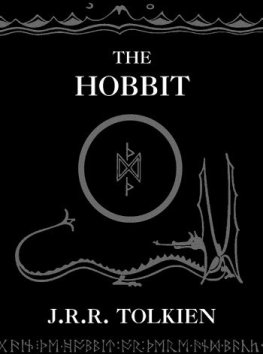

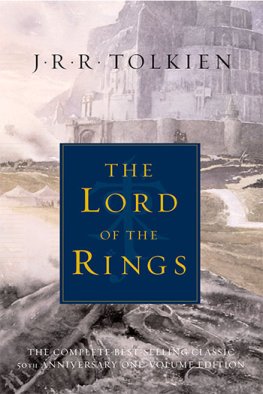
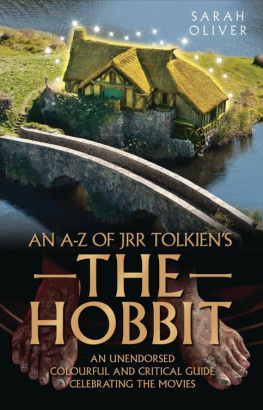
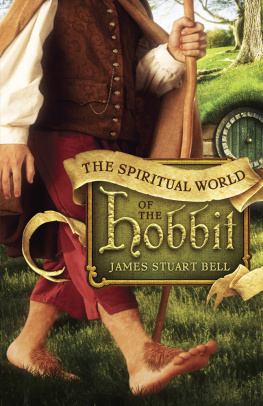
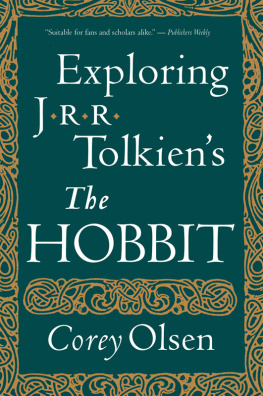
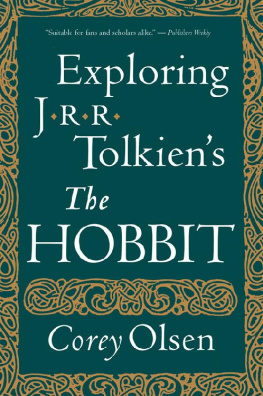

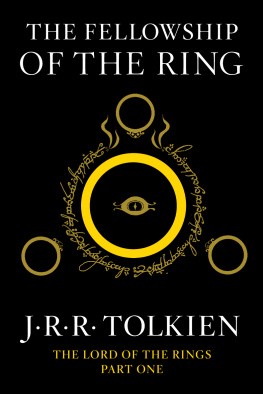
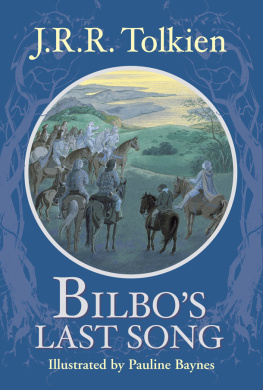



 for X. I and U are used for J and V. There was no rune for Q (use CW); nor for Z (the dwarf-rune
for X. I and U are used for J and V. There was no rune for Q (use CW); nor for Z (the dwarf-rune  may be used if required). It will be found, however, that some single runes stand for two modern letters: th, ng, ee; other runes of the same kind (
may be used if required). It will be found, however, that some single runes stand for two modern letters: th, ng, ee; other runes of the same kind (  ea and
ea and  st) were also sometimes used. The secret door was marked D
st) were also sometimes used. The secret door was marked D . From the side a hand pointed to this, and under it was written:
. From the side a hand pointed to this, and under it was written: 
 The last Two runes are the initials of Thror and Thrain. The moon-runes read by Elrond were:
The last Two runes are the initials of Thror and Thrain. The moon-runes read by Elrond were: 